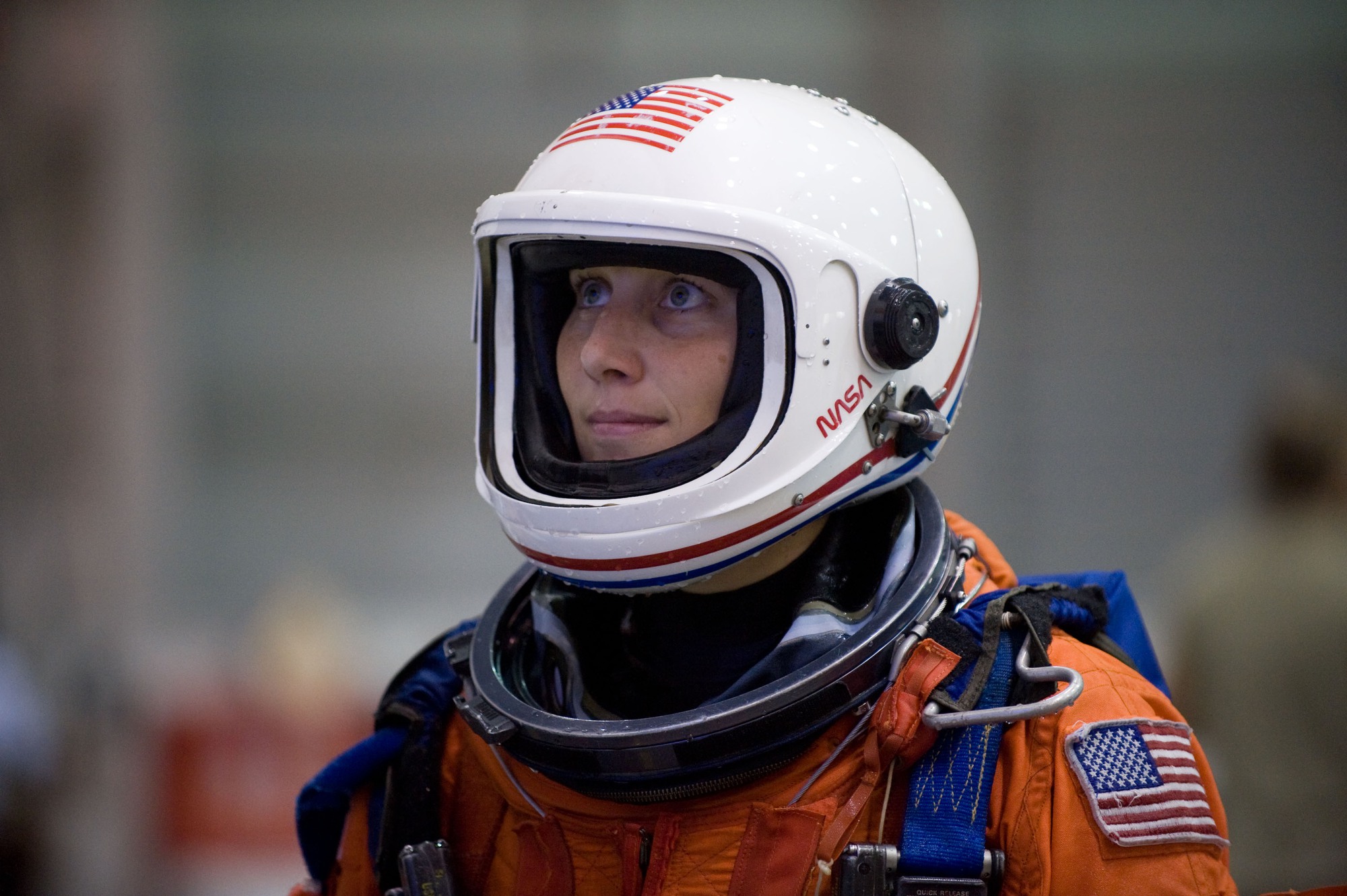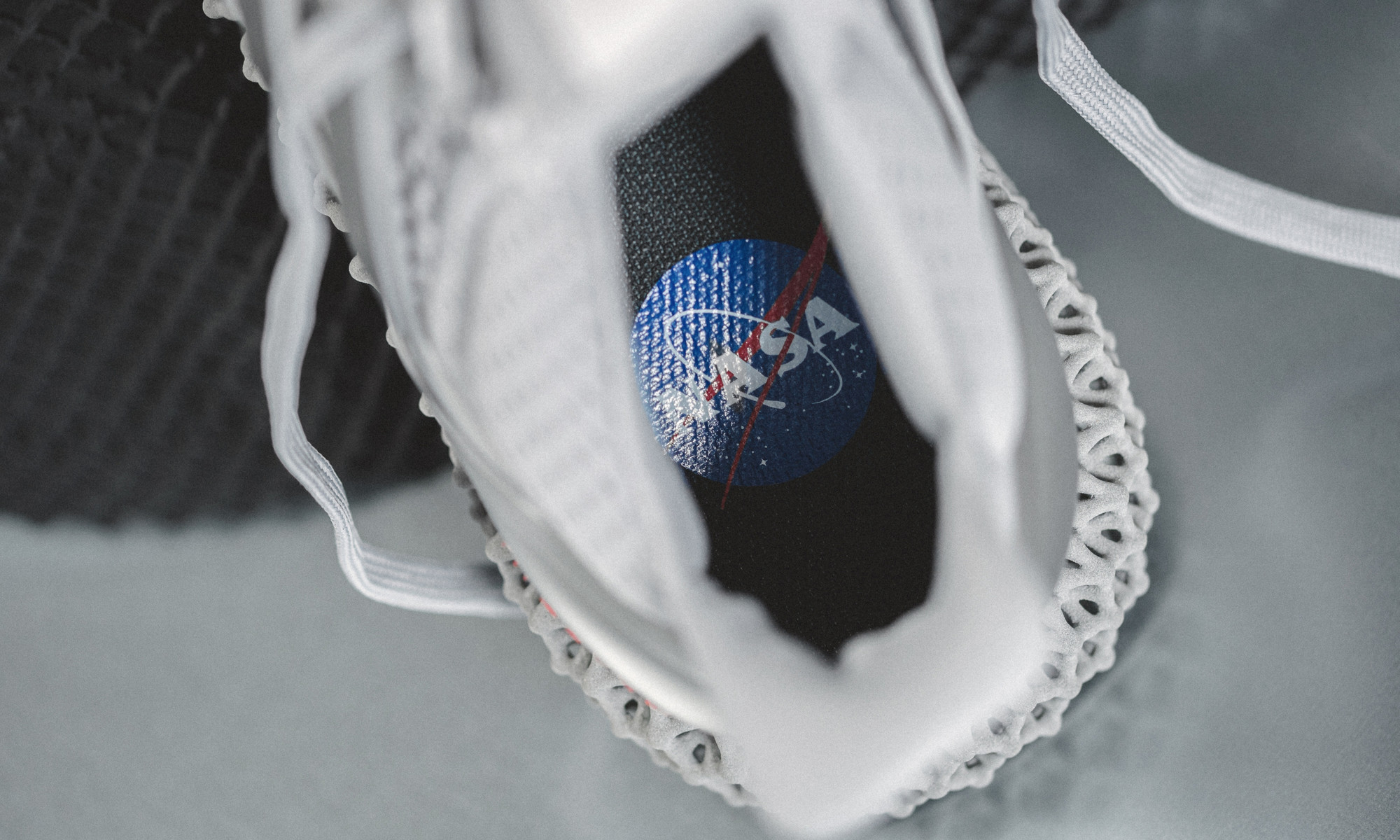NASA Inventions and By-products You Can Find in Your Home
- Tram Ho
Many of the tools, machines, and vehicles in your home are derived from research conducted by NASA over the past 50 years.
These technologies were originally designed to support space exploration and the landing of humans on the Moon, which was initiated in 1961.
NASA’s technology was then absorbed and adapted by commercial companies to bring it to public commerce, bringing new and revolutionary products that changed the way people live and interact. work with the environment.
Throughout this article, we dive into NASA’s archives to uncover the innovative research and inventions that help create the most popular everyday household products.

Water purifier
Although basic water filters have existed since the mid-1950s, it wasn’t until NASA pumped resources into its research for the Apollo program in 1963 that modern filtration systems began to appear. NASA has led research in this area because they need large amounts of clean water for long-term storage in the harsh conditions of outer space.

To achieve this goal, NASA has developed a system that works using the ability to absorb pollutants and particulate matter present in water when specially treated with charcoal. This treatment – essentially an oxidation process that opens up millions of tiny pores between the carbon atoms in the charcoal – amplifies the charcoal’s ability to absorb, with its large, porous surface area. created multiple sites for pollutants to chemically bind to it through attraction. This makes the resulting water free of impurities.
Microprocessor – Microprocessor
Technically, NASA did not invent the integrated circuit, instead this invention appeared in 1958 by electrical engineer Jack Kilby, however NASA has invented newer and more advanced variations of the circuit. integrated.
NASA’s Apollo program kicked off the microchip revolution, with the US government acquiring more than 60% of integrated circuits in the country in the 1960s.

One of the first high-end applications of microchip technology was in the Apollo guidance computer with the DSKY interface, which was used to provide on-board computing and control for navigation, as well as model control. – Command module and Moon module.
Today, integrated circuits can be found in almost every area of life, from mobile phones and personal computers to microwave ovens – this is largely thanks to the processing and manufacturing inexpensive microchips from NASA’s Apollo Program.
Helmet
In the 1970s, NASA invented annealed foam, a shock-absorbing material designed to improve the safety of airplane cushions. This annealed foam was then fitted to the helmets and seats of the Apollo spacecraft, which is a lining that helps mitigate some of the extreme forces that astronauts would be subjected to.
Annealed foam is a polyurethane treated with additional chemicals with both high viscosity and density, properties ideal for absorbing significant impacts and resisting energy flows. The foam is viscoelastic and temperature sensitive, meaning that when pressed against a heat source, it can take on a molded shape.

The annealed foam was originally customized as an insulating foam and was introduced to the market in the early 1980s, after which it was quickly used in medical devices such as insulating foam mattresses and sports equipment such as American football helmets and motorcycle and bicycle helmets.
Cordless tools
After Kennedy announced the Apollo program in 1961, a series of studies into the practicality of human spaceflight began. One of the most notable breakthroughs was a NASA invention in collaboration with tool company Black+Decker – a tool that could spin bolts in zero gravity without spinning an astronaut.
Since then, the research program has developed cordless tools for a variety of purposes, including a cordless rotary hammer drill that can be used to mine rock from the lunar surface.

These tools work by harnessing the new technology of small-scale rechargeable electrochemical cells that can be grouped to form a battery capable of delivering enough energy to generate tissue. -The required torque needed to drill into the Moon’s surface crust.
Today, the technology has become widespread and widespread, with the majority of tools powered by a wireless battery pack that can be recharged between uses. Interestingly, from research conducted by NASA in the 1960s, Black+Decker developed the cordless ‘Dust Buster’ handheld vacuum cleaner.
Scratch-resistant lenses
After NASA realized that plastic was much better at absorbing UV rays and wouldn’t break if dropped, they decided to produce plastic space visors. However, uncoated plastic is prone to scratches, and considering the amount of dust and debris in the space environment, it was determined that scratch-resistant lenses and coatings needed to be developed.

From NASA studies, the space visor is now covered with a diamond-like carbon coating in the form of a thin film on the outside of the visor. An offshoot of this technology is now available on Ray-Ban sunglasses, and Foster Grant has also purchased a license to reproduce the original coatings to apply to all of its products.
Smoke detector
The smoke detector was invented by Francis Robbins Upton in 1890, however NASA invented a variable sensitivity model in 1973.
Just before Nasa launched the first US space station – Skylab – in 1973, to detect toxic gas on board and succeeded. Now this device is present in many households and especially apartments.

Satellite
Perhaps unsurprisingly, Nasa also played a major role in the invention of satellite television. The first satellite capable of relaying TV signals was Telstar 1, launched by the agency in 1962.
It began as a collaborative project between Bell Laboratories to develop an experimental satellite communication system over the Atlantic Ocean. Nasa then further developed this technology to create more advanced systems to reduce noise and errors in the transmitted signal, resulting in the ability to transmit high definition video and audio.

Shoe insoles
One of the most notable inventions that NASA included in its astronaut suits was the special 3D ‘cushion joint’ material in the boots for cushioning and ventilation. Used to give astronauts better control, agility and longevity of the Moon boot – an oversized shoe that slides over the spacesuit’s built-in pressure boot.

The outer layer is made of metallic textile, except for the ribbed silicone rubber sole for added elasticity and comfort while walking on the Moon. The reed area is made from Teflon coated fiberglass fabric, while the inner layers are made from fabric, followed by 25 layers of Kapton film interlaced to form an effective, lightweight insulation. Since then, shoe manufacturers have created a range of lightweight and resilient running and training shoes that are now sold worldwide in high street stores.
Golf ball
As part of the Space Shuttle program, NASA has been working on maximizing the drag of the surfaces of the new launch system, especially for the external fuel tank. The special concave surface applied to the tank allows NASA to achieve a more optimal lift-to-drag ratio, achieve longer distances and more stable launch.

After being marketed, this aerodynamic coating was researched by Wilson Sports Company. Their engineers have learned that by applying indentations to the surface of a golf ball, the ball can glide more smoothly with less aerodynamic drag. Today, all golf balls use this concave coating.
Source : Genk
